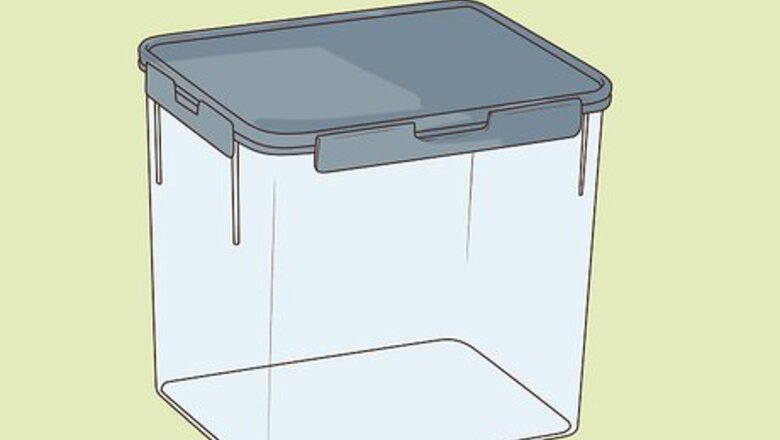
views
Providing a Habitat
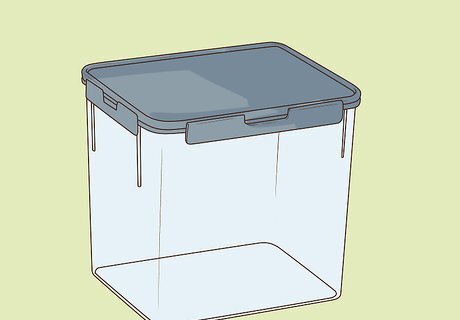
Choose a container. A plastic container can work well for superworms. You can also pick up an aquarium at a local pet store. The container should be large enough that its top will be at least three inches away from the substrate. You can easily use a plastic container you have lying around the house for superworms. For example, you can use a plastic tub used to store old clothing. Make sure the container has smooth sides. This will prevent superworms from crawling out.
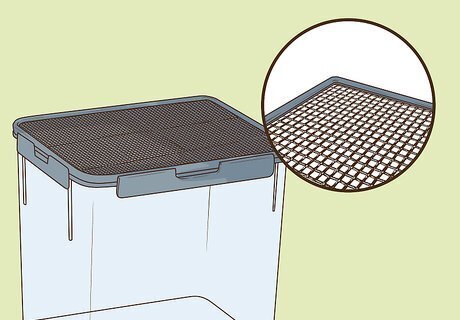
Provide ventilation. Superworms need some ventilation to thrive. It's a good idea to go for a container with a mesh lid. If your container does not have a mesh lid, you can poke very small holes near the lid to allow ventilation. Make sure the holes are small enough that superworms cannot crawl out.
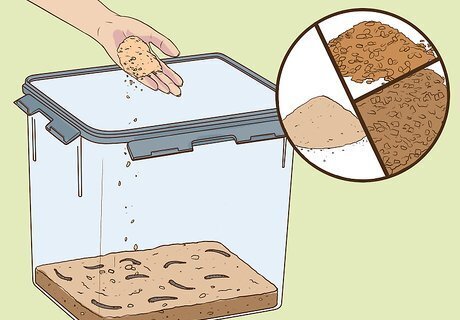
Add substrate. Substrate refers to the material that lines the bottom of an aquarium or cage. It serves as both bedding and food for creatures like superworms. Bran, wheat bran, or uncooked oatmeal are all suitable substrate for superworms. They provide some moisture without harming the worms. Substrate should be at least four inches thick so the worms have room to burrow. Make sure any substrate you add is dry. Too much moisture can kill superworms.
Keeping the Superworms Healthy
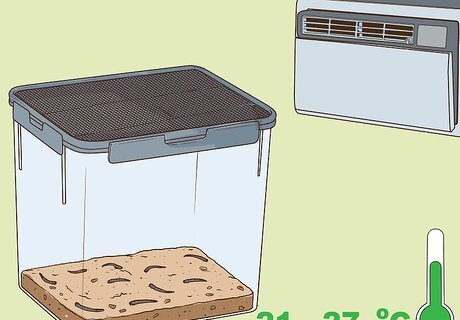
Maintain the right temperature. Never refrigerate superworms as you would meal worms. This will kill them. The temperature should be roughly between 70° and 80° F (approximately 21°-27° C), which is generally within room temperature. It's usually safe to store superworms in an area of your home where the temperature is consistent. Superworms can tolerate temperatures slightly higher or lower than room temperature on occasion. It may stunt their growth, however. If you have a room that is consistently a little hot or a little cold, do not keep superworms here.
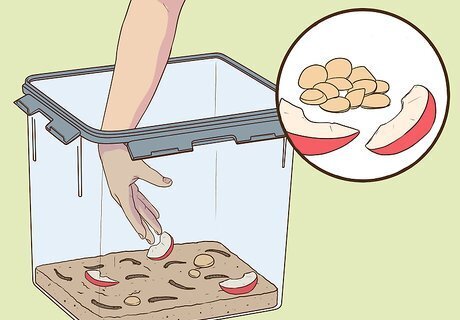
Provide fruits and vegetables as food. Superworms feed on fruits and vegetables. You can feed them leftover produce from your kitchen. As superworms should not be exposed to water, opt for produce that can provide moisture such as potatoes, apple slices, carrots, and fresh greens. These vegetables will help keep your superworms hydrated. Always feed your superworms fresh, high-quality produce. Whatever you feed your superworm will ultimately go into your reptile, so offer healthy food!
Feed your superworms at night. Superworms are nocturnal, so they do most of their eating at night. They are good eaters, and will go through food quickly if it is given at the right time.
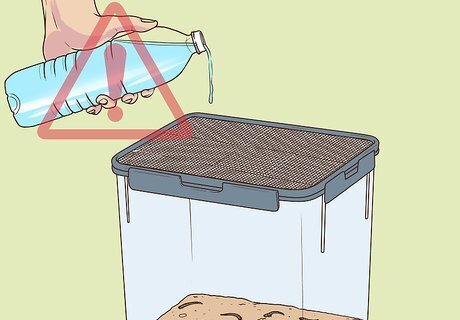
Keep water out of the habitat. Unlike other insects, you should not mist a superworm container or place water in it. Superworms should never be exposed directly to water as this can cause health problems. Keep water out of a superworm's container as much as possible.
Gutload your superworms before feeding them to reptiles. In order to provide proper nutrients for your reptiles, you will need to prep your superworms with an enhanced “gutload” diet. You can purchase specially formulated gutload diets at most pet supply stores. High-quality gutload foods are high in calcium and low in phosphorous. Make sure your superworms have access to the gutload food for 24-48 hours before you feed them to your reptiles.
Breeding Superworms
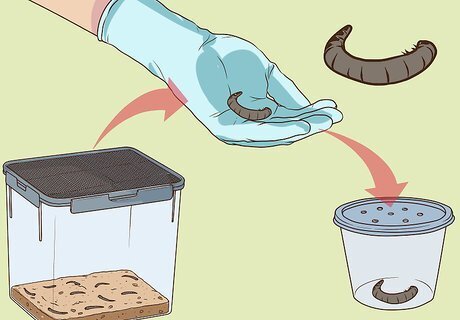
Separate the larvae into chambers. You may want to allow some of your superworms to grow into beetles. The beetles can then breed, providing you with more superworms. If you have reptiles that feed on superworms, this can save you money. To start, separate larvae into chambers. Chambers should be tiny containers. Film canisters or vials work well. Make sure to punch small holes in the lid of your containers for ventilation. Use wheat bran or oatmeal as substrate. You should also add a small slice of carrot for moisture. If you do not separate the superworm larvae from each other, they can live in the larval stage for six months to a year. They will only pupate when isolated.

Remove worms from the container when they morph into pupae. The second life stage for superworms is the pupal stage. It takes about 10 days in a chamber for a superworm to pupate. In the pupal stage, superworms will curl up into a round ball. Once they reach this stage, remove them from the chambers so that the larvae and adult beetles do not eat them. Put each pupa in an individual container, slightly larger than their original chambers, stocked with fruits, vegetables, and substrate.

Prepare a breeding container for beetles. While you wait for the pupae to turn into beetles, make a breeder container. You will transfer beetles to this container so they can breed. Use any type of plastic container with smooth sides, such as a Rubbermaid container. Add an inch of substrate such as wheat bran. Place part of an egg crate in one corner. Beetles will gather here to breed. Use a ventilated lid on the container.
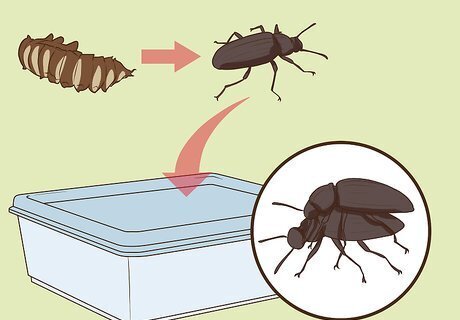
Transfer beetles into the breeding container when they emerge. Check your pupae daily until you see beetles have emerged. Once your pupa has turned into a beetle, place it in the breeding chamber. Add each new beetle to the chamber. They will continue to breed until they die. You can remove superworms as you see them and feed them to your reptiles.
Feed the beetles daily. Adult beetles should be fed fresh produce, just like superworm larvae. If the beetles don’t get enough to eat, they will eat their eggs.



















Comments
0 comment